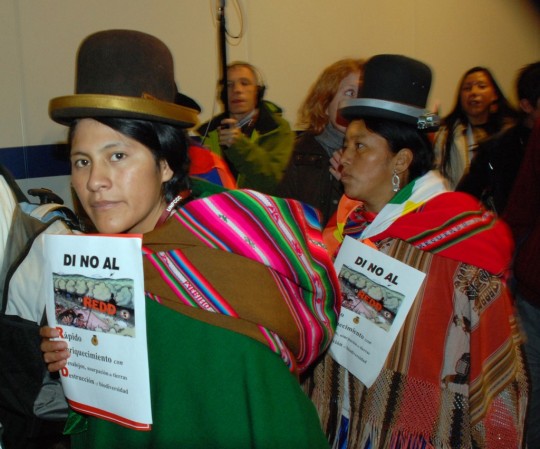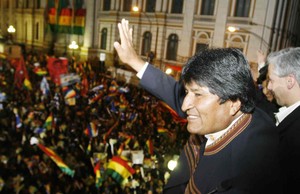Apr 06
20122
The International Campaign to Destabilize Bolivia, The International Campaign to Destabilize Venezuela
ALBA Bolivia Chavez CIA Colour Revolutions Correa Cuba Destabilization Ecuador Morales Nica Nicaragua Venezuela
U.S. Orchestrated Color Revolutions to Sweep Across Latin America in 2013-2014

Destabilizing Arsenals Concealed in US Embassies
Nil NIKANDROV | 02.04.2012
Over the past years, it has been happening with frightening regularity that U.S. diplomats and CIA agents were caught pulling off operations involving illicit weapons supply in Latin America. The inescapable impression is that the U.S. Department of State has irreversibly learned to regard the Vienna Convention and various national legislations as rules which it has unlimited freedom to overstep.Pressing for unchallenged hegemony in the Western Hemisphere, Washington keeps the populist regimes in Latin America under permanent pressure. Outwardly, the U.S. Administration pledges not to resort to military force to displace the ALBA governments in Venezuela, Ecuador, Bolivia, Nicaragua, or Cuba, but in reality Washington’s efforts to undermine them are a constant background of the continent’s political picture. The activity began under president G. Bush and shows no signs of subsiding under president Obama. Supposedly, plans are being devised in the White House that a series of color revolutions will erupt across Latin America in 2013-2014 and derail the continent’s advancement towards tighter integration in the security and other spheres. As the fresh experience of Libya showed with utmost clarity, Washington’s new brand of color revolutions will – in contrast to the former coups which used to be accompanied with outpourings of pacifist rhetoric – involve ferocious fighting and massive fatalities. →








